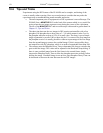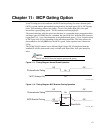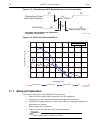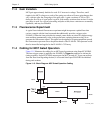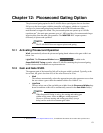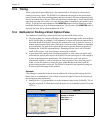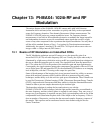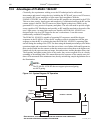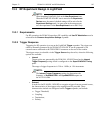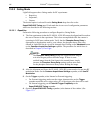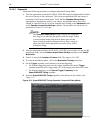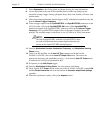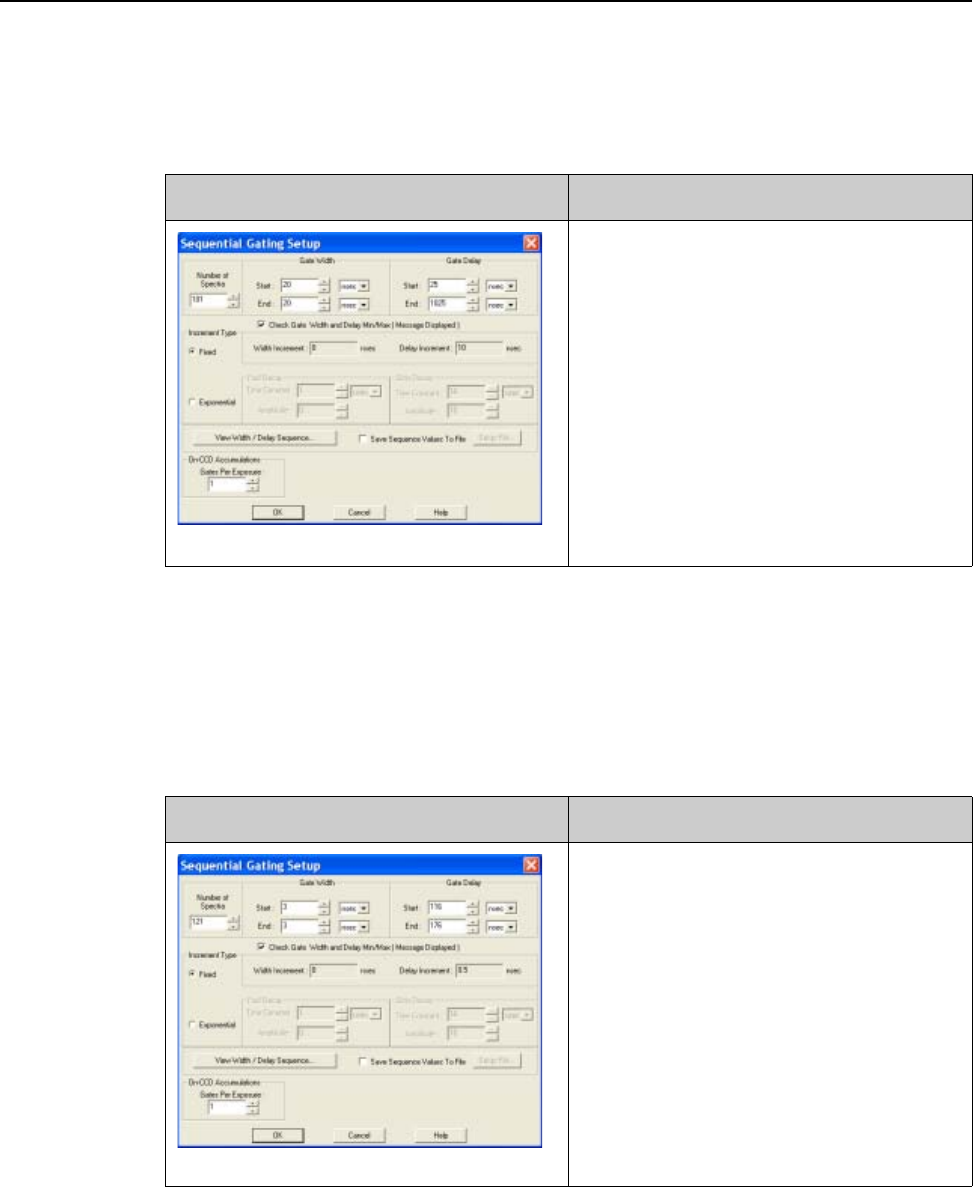
182 PI-MAX
®
4 System Manual Issue 4
2. Next, set the sequential gating parameters for 20 ns gate width and 101 images/spectra
{frames} at 10 ns per image/spectra {frames}. This swill pan the 1 s. The starting gate
delay is set to 25 ns, the ending gate delay is set to 1025, and take the sequence. We can
then quickly look through the images or spectra (in LightField or WinX) and determine
to the nearest 10 ns when the optical pulse arrived.
3. Assuming we found the signal in frame 12, we now set a narrower gate (e.g., 3 ns,) and
sweep about this value in 500 ps steps with a span of 60 ns to find the time within
500 ps. Adjust the experiment for best signal strength and/or signal to noise ratio, then
jump down to the final gate width (if width < 500 ps is desired) and again do a sweep to
find the exact timing that maximizes the result. This method has the advantage of
assuring that the camera is seeing the pulse with the most favorable set-up before
narrowing the gate width down.
WinX LightField
Number of Images/Spectra: 101
Gate Mode: Sequential
Number of Frames: 101
Starting Gate Delay: 25 ns
Starting Gate Width: 20 ns
Ending Gate Delay: 1025 ns
Ending Gate Width: 20 ns
Reported Gate Delay Increment: 10 ns
WinX LightField
Number of Images/Spectra: 121
Gate Mode: Sequential
Number of Frames: 121
Starting Gate Delay: 116 ns
Starting Gate Width: 3 ns
Ending Gate Delay: 176 ns
Ending Gate Width: 3 ns
Reported Gate Delay Increment: 0.5 ns
4411-0137_0111
4411-0137_0112



